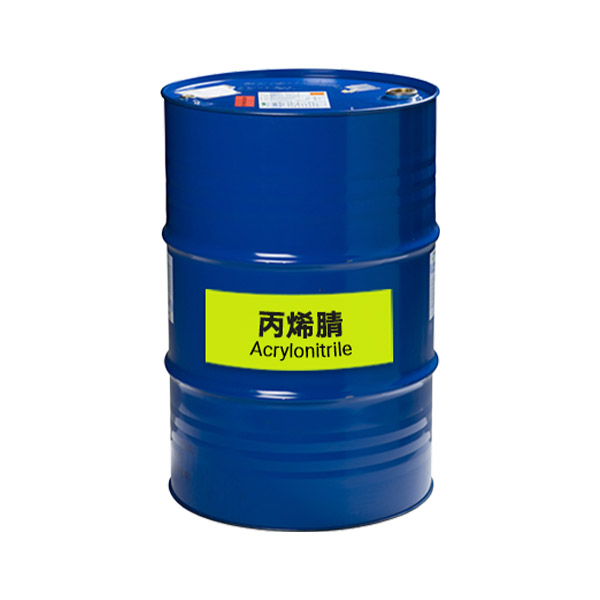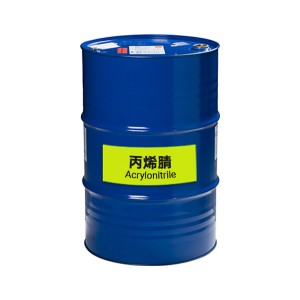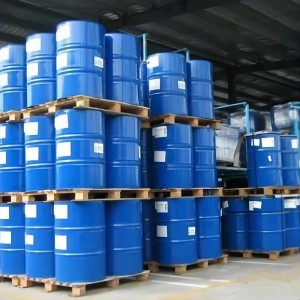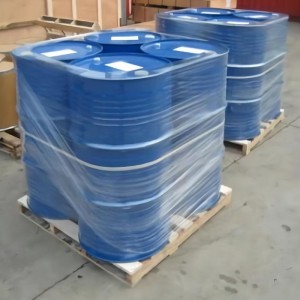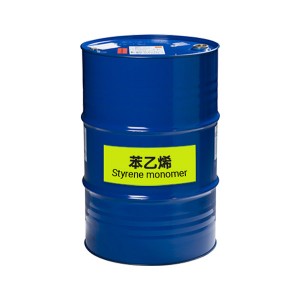
Products
Acrylonitrile used in plastics and resin
Acrylonitrile used in plastics and resin,
Acrylonitrile For ABS Resins, Acrylonitrile For ASA, Acrylonitrile For NBR, Acrylonitrile For SAN, Acrylonitrile For SAR,
Acrylonitrile (ACN), an organic compound, is a colorless and transparent liquid produced from propylene and ammonia. It is reactive and toxic in nature; however, it is known for its strength and durability.
It is a monomer which produces polyacrylonitrile, a homopolymer, copolymers such as acrylic fibers, acrylonitrile butadiene styrene (ABS), styrene-acrylonitrile (SAN), acrylonitrile styrene acrylate (ASA) and other rubbers such as acrylonitrile butadiene (NBR) which are the major end-user applications. Of the end-user applications, ABS thermoplastic contributes to more than 35 percent of the total demand followed by acrylic fibers with an estimated demand share of 27 percent. About a few years ago, acrylic fibers accounted for the major demand share, but ABS has slowly and steadily gained prominence on the back of its strength, durability and heat resistance which is needed in several downstream applications. Several appliances (refrigerators, kitchen, etc.), electrical and electronics, and the automotive industry are the major end users of ABS. Acrylic fibers are slowly being replaced by polyester fibers over lower cost and easier recyclability. Acrylonitrile is also used as an intermediate to produce Acrylamide, which constitutes about 15 percent of the total demand, which produces polyacrylamide (PAM) used in wastewater treatment applications.
The global production capacity of ACN is estimated at about 10 billion pounds annually. Asia-Pacific accounts for more than 40 percent of it due to the growth in the construction industry in emerging markets such as China and India. Europe is the second largest region followed by North America in terms of production capacity. The ACN supplier market is consolidated, with some of the major producers being INEOS Capital Limited, Ascend Performance Materials, AnQore and Mitsubishi Chemical Corporation.
Product Features
| Product Name | Acrylonitrile |
| Other Name | 2-Propenenitrile, Acrylonitrile |
| Molecular Formula | C3H3N |
| CAS No | 107-13-1 |
| EINECS No | 203-466-5 |
| UN NO | 1093 |
| Hs Code | 292610000 |
| Molecular weight | 53.1 g/mol |
| Density | 0.81 g/cm3 at 25℃ |
| Boiling point | 77.3℃ |
| Melting point | -82℃ |
| Vapor pressure | 100 torr at 23℃ |
| Solubility Soluble in isopropanol, ethanol, ether,acetone, and benzene Conversion factor | 1 ppm = 2.17 mg/m3 at 25 ℃ |
| Purity | 99.5% |
| Appearance | Colorless transparent liquid |
| Application | Used in the manufacture of polyacrylonitrile, nitrile rubber, dyes, synthetic resins |
Certificate of Analysis
|
Test |
Item |
Standard Result |
|
Appearance |
Colorless transparent liquid |
|
|
Color APHA Pt-Co :≤ |
5 |
5 |
|
acidity(acetic acid)mg/kg ≤ |
20 |
5 |
|
PH(5% aqueous solution ) |
6.0-8.0 |
6.8 |
|
Titration value (5% aqueous solution ) ≤ |
2 |
0.1 |
|
Water |
0.2-0.45 |
0.37 |
|
Aldehydes value(acetaldehyde)(mg/kg) ≤ |
30 |
1 |
|
Cyanogens value (HCN) ≤ |
5 |
2 |
|
Peroxide(hydrogen peroxide)(mg/kg) ≤ |
0.2 |
0.16 |
|
Fe (mg/kg) ≤ |
0.1 |
0.02 |
|
Cu (mg/kg) ≤ |
0.1 |
0.01 |
|
Acrolein (mg/kg) ≤ |
10 |
2 |
|
Acetone ≤ |
80 |
8 |
|
Acetonitrile (mg/kg) ≤ |
150 |
5 |
|
Propionitrile (mg/kg) ≤ |
100 |
2 |
|
Oxazole (mg/kg) ≤ |
200 |
7 |
|
Methylacrylonitrile (mg/kg) ≤ |
300 |
62 |
|
Acrylonitrile Content(mg/kg) ≥ |
99.5 |
99.7 |
|
Boiling range (at 0.10133MPa),℃ |
74.5-79.0 |
75.8-77.1 |
|
Polymerization inhibitor (mg/kg) |
35-45 |
38 |
|
Conclusion |
The results conform with enterprise stand |
|
Package and Delivery
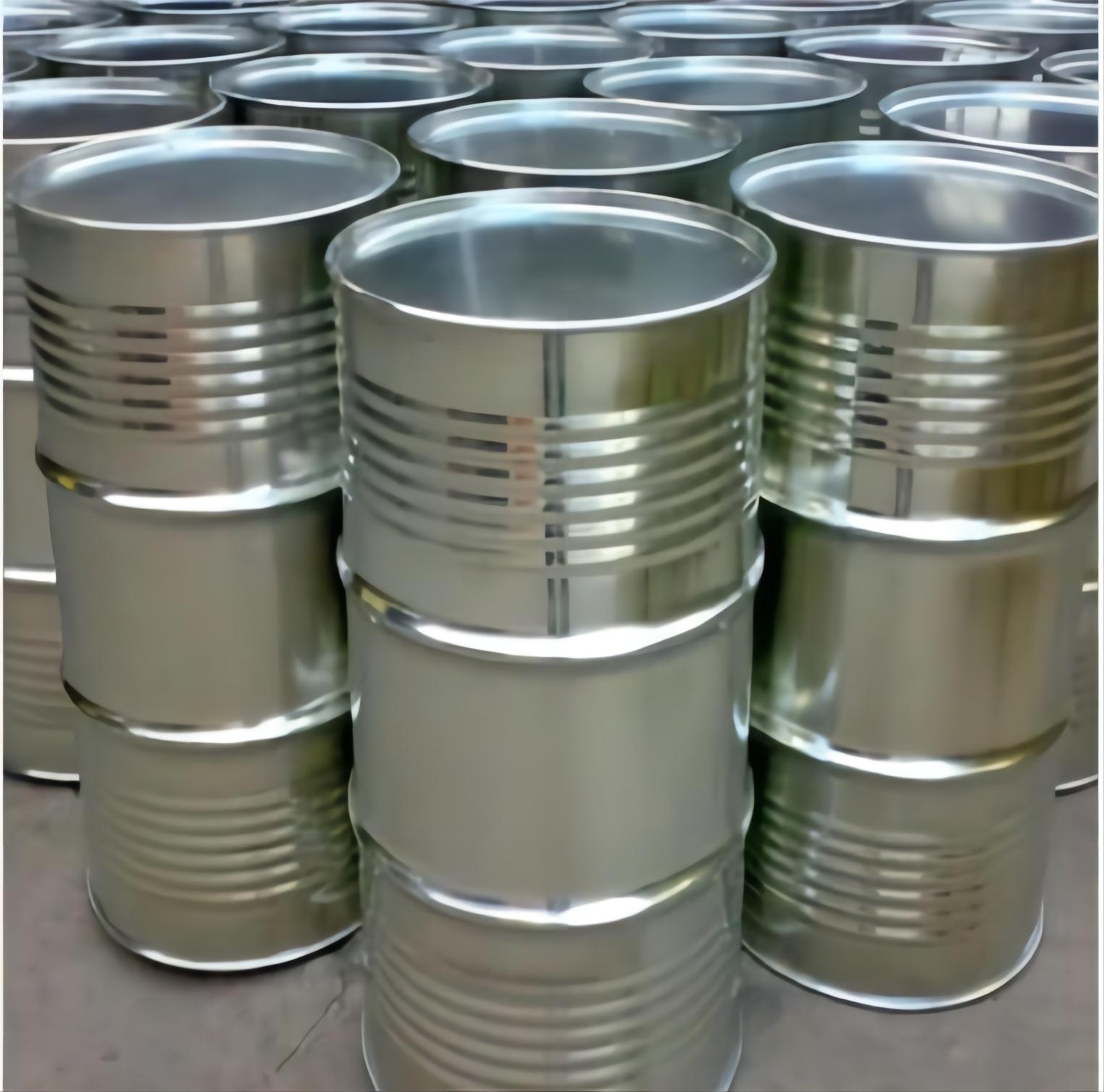
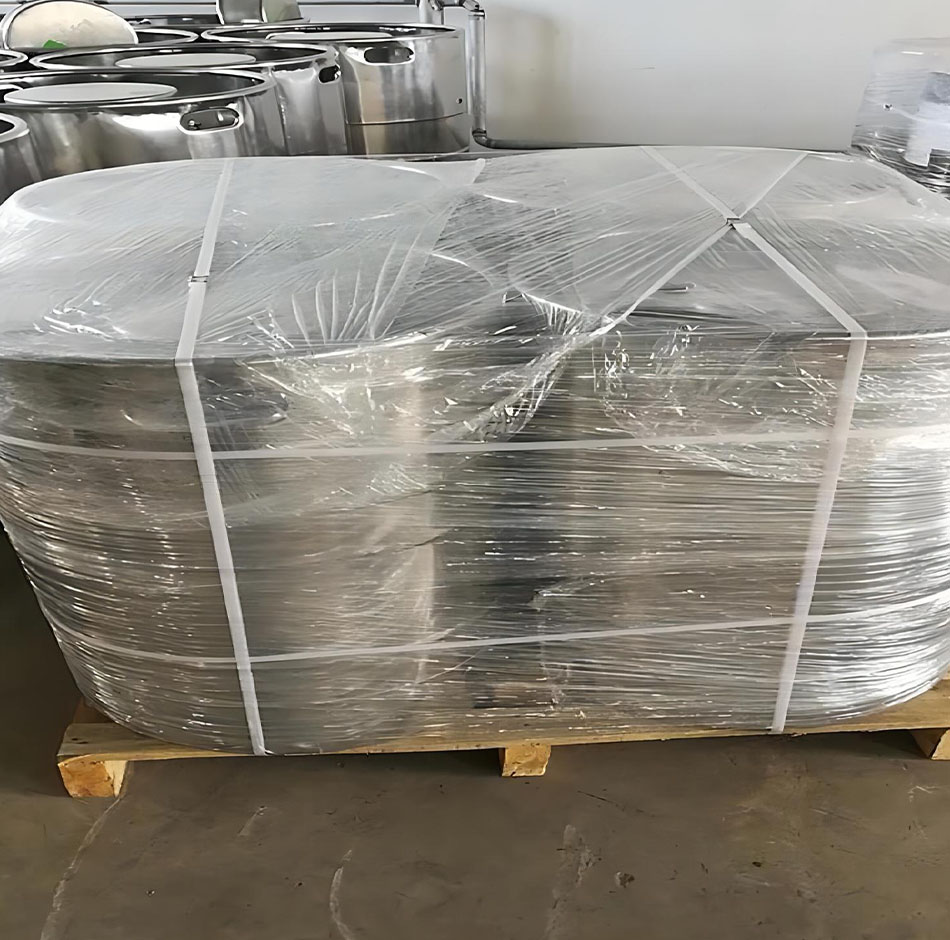
Product Application
Acrylonitrile is produced commercially by propylene ammoxidation, in which propylene,ammonia, and air are reacted by catalyst in a fluidized bed. Acrylonitrile is used primarily as a co-monomer in the production of acrylic and modacrylic fibers. Uses include the production of plastics, surface coatings, nitrile elastomers, barrier resins, and adhesives. It is also a chemical intermediate in the synthesis of various antioxidants, pharmaceuticals, dyes, and surface-active.
1. Acrylonitrile made of polyacrylonitrile fiber, namely acrylic fiber.
2. Acrylonitrile and butadiene can be copolymerized to produce nitrile rubber.
3. Acrylonitrile, butadiene, styrene copolymerized to prepare ABS resin.
4. Acrylonitrile hydrolysis can produce acrylamide, acrylic acid and its esters.

